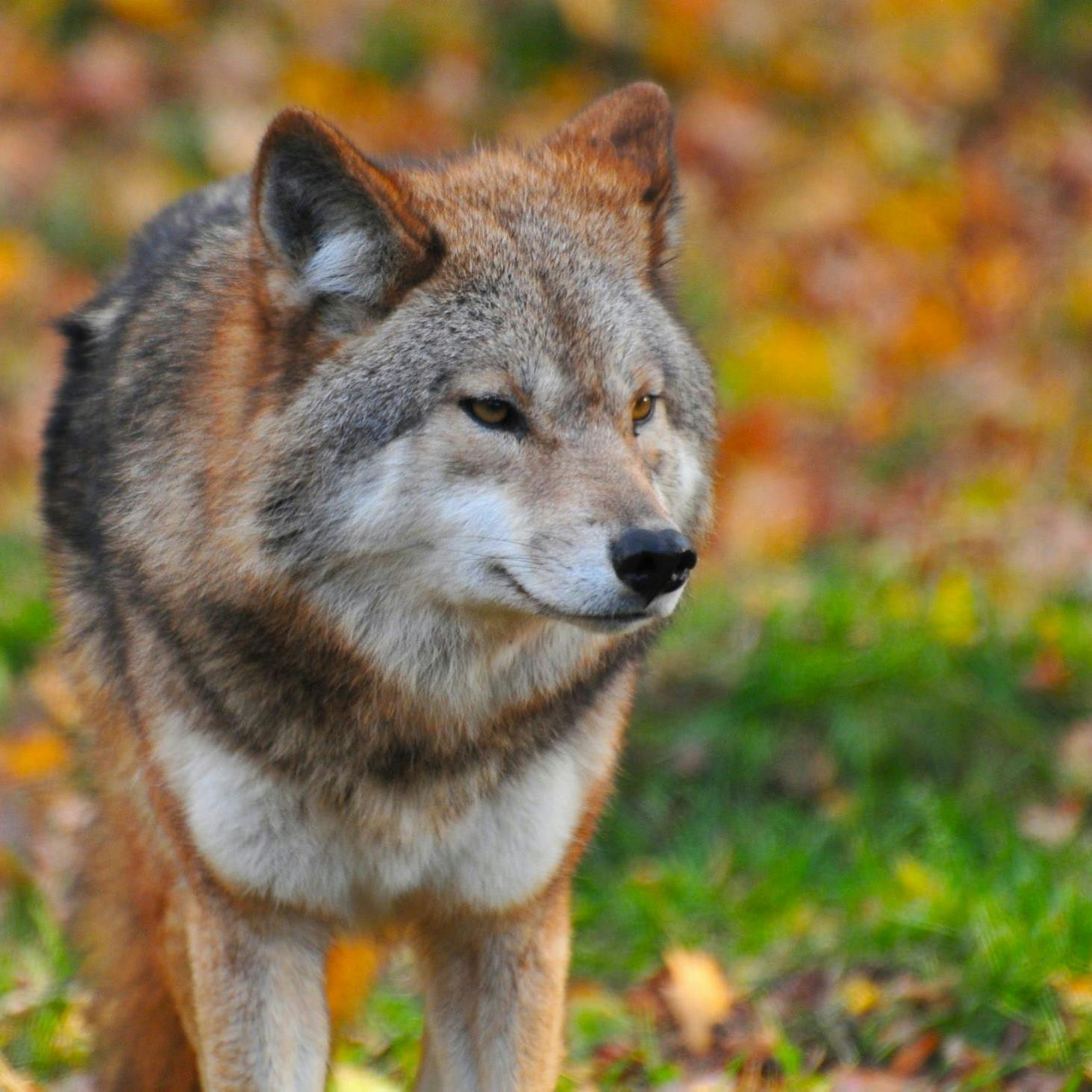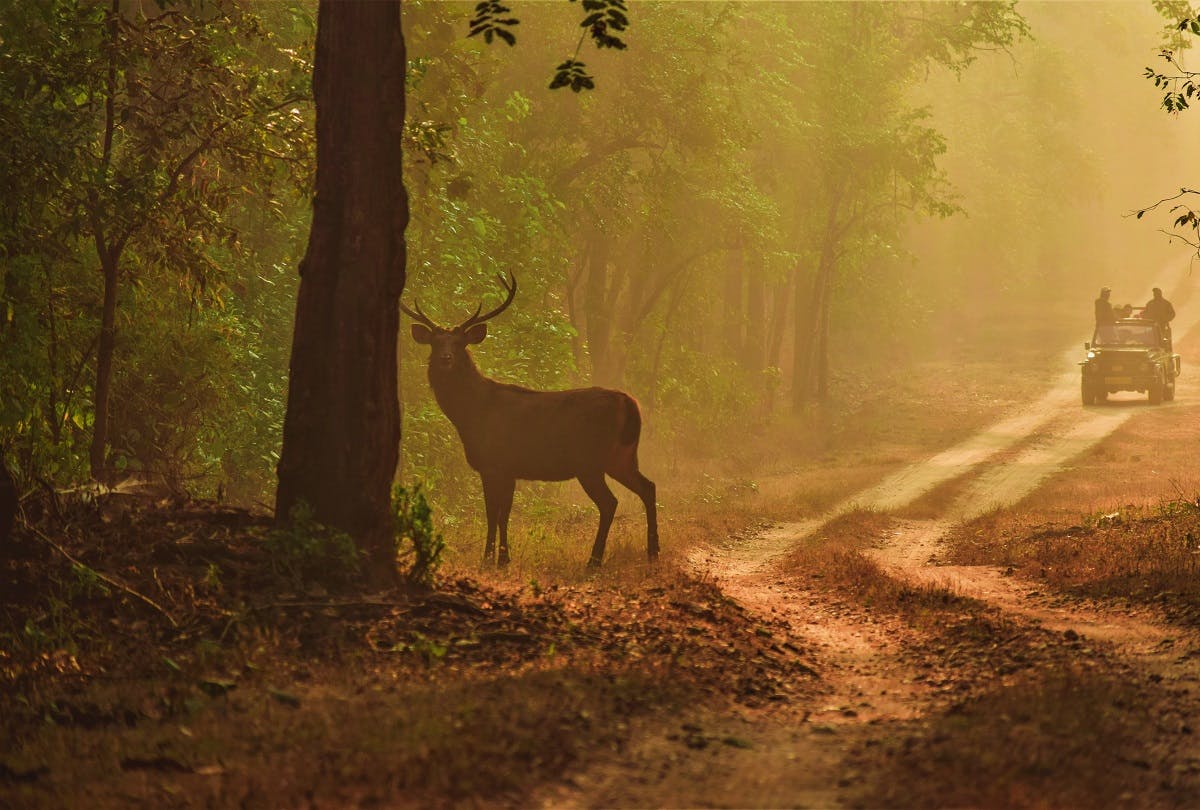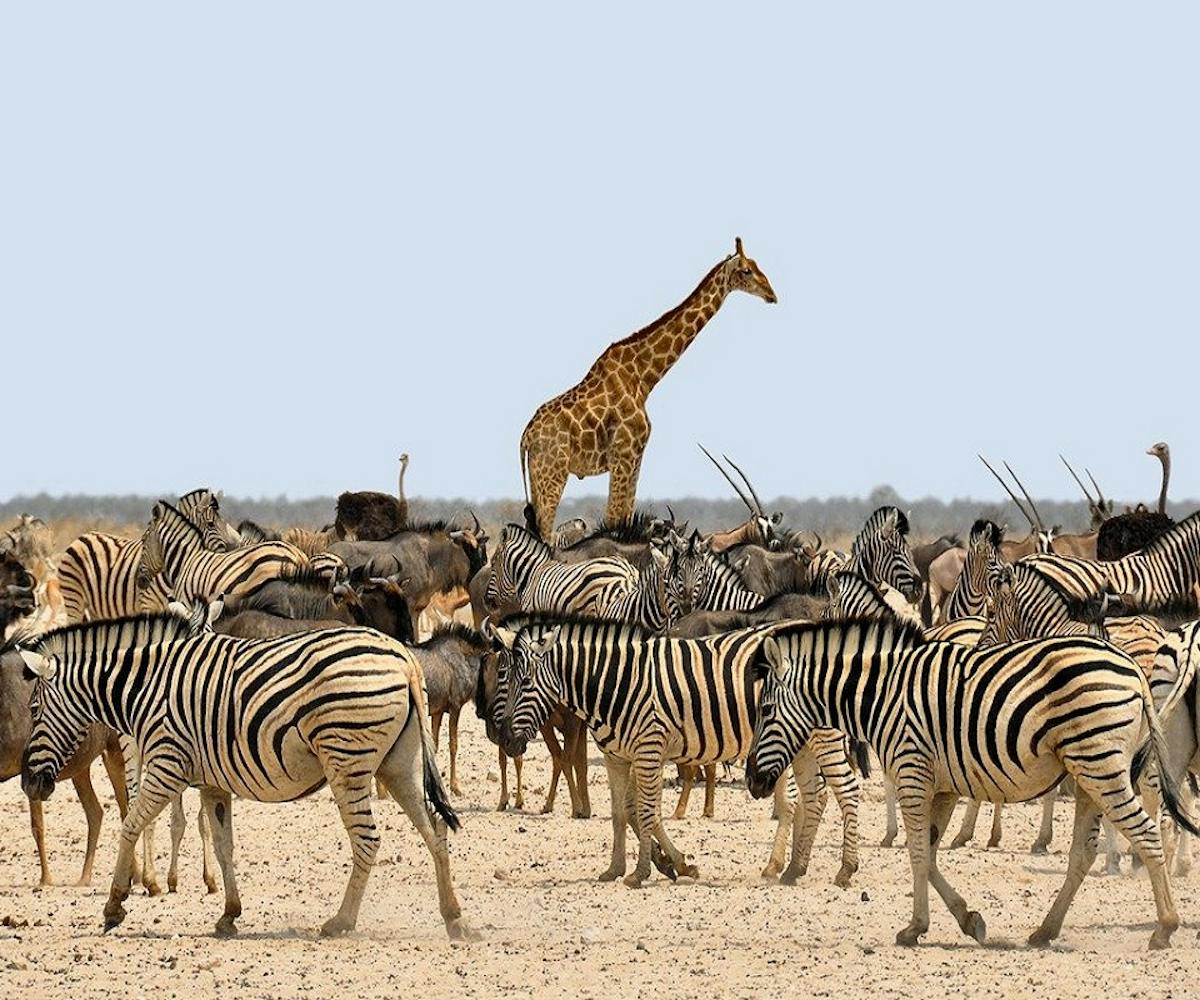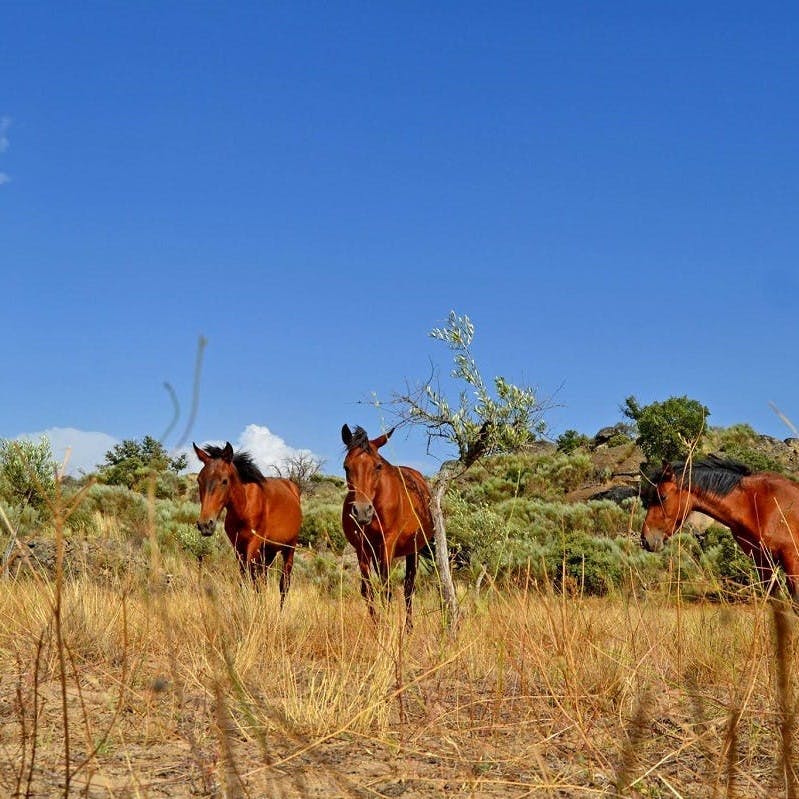In southern and eastern Africa, the benefits of well-managed nature-based tourism to conservation have long been known. It helps makes protecting vast areas of wilderness financially viable; to governments and landowners from fees, and local people in the form of jobs. It can also incentivise looking after wildlife that traditionally would have been hunted - take Maasai pastoralists now acting as guardians for lions or former poachers becoming celebrated safari guides. On a wider scale, nature-based tourism has driven the transformation of entire landscapes, whether rewilding former ranches or being central to the successful restoration of vast national parks.
A Shifting Trend in European Tourism
In Europe, the trend has been late to take hold but the timing could not be better. Tourism has shifted from the luxury of ‘things’ to experience-seeking, while increasingly people are avoiding long haul flights, opting instead to explore more sustainably closer to home. Many are looking to travel with purpose and support causes close to their heart with their trips. At the same time, the interest in and inspiring examples of rewilding in Europe have turned from a trickle to a torrent in the last decade. This crowded continent may be the last place that springs to mind when it comes to reconnecting with nature, but things are changing and the wider effects on conservation are already being felt.

Nature-Based Tourism Working with Wildlife
Take the Central Apennines not far from bustling Rome. Here, ecotourism has been quietly booming over the last few years, with many visitors drawn by nature-based tourism such as tracking wolves and the endemic Marsican brown bear through the mountains. Once seen as pests and damaging to livelihoods, new pride and value in these iconic species have led to farmers working with NGOs to mitigate human-wildlife conflict and reverse their decline.


Take action now
Do you want to have a direct impact on climate change? Sir David Attenborough said the best thing we can do is to rewild the planet. So we run reforestation and rewilding programs across the globe to restore wild ecosystems and capture carbon.
Get involved
Financial Benefits of Nature-Based Tourism
With an ever more urbanised Europe, attracting tourists to remote rural areas brings money and often needed new sources of employment. On the Isle of Mull, the reintroduction of white-tailed eagles is estimated to bring in £5 million of tourist income annually and supports over 100 jobs. As with a lion to a pastoralist on the Maasai Mara, or eagle to a shepherd in Scotland, thanks to nature-based tourism, predators can now be worth more to communities alive, offsetting the damage they can cause. The potential of ecotourism may be what directly leads to future UK reintroductions, as it’s hoped lynx and beavers will have a similar economic impact as white-tailed eagles.

Empowering Communities
Namibia is a country that has seen the benefits of nature-based tourism. A country that in rural areas has high levels of unemployment and poor employment opportunities. In the 1970’s, the government spearheaded a global first for conservation, and funded the start-up of conservancies and also wrote conservation plans into their constitution. Conservancies as well as the local communities were given the rights to the local wildlife to encourage them to protect it.
This has led to the communities becoming stewards of wildlife and they are doing a great job. Money from tourism returns to the local economy for the development of housing and enabling people to have sustainable livelihoods and a better standard of living. These conservancies employ around 1 in 4 people living in rural Namibia. This provides a range of job opportunities from park rangers to working in accommodation, bringing millions of dollars to the local economy. Animals have benefited greatly too and now, after centuries of hunting and human-wildlife conflicts, they’re at their highest number in 150 years. By focusing on wildlife as an asset instead of a threat, well-run nature-based tourism offers hope to people as well as wildlife, showing they can coexist and thrive together.

A Unique Experience
In Portugal’s Faia Brava Reserve, an area where Mossy Earth has planted trees, nature-based tourism businesses have been set up not only to actively support rewilding efforts but also to immerse visitors in the local culture in a meaningful way. While the main draw is important vulture conservation, unique accommodation, wine and great food certainly help sell the whole experience in a way that involves all manner of local stakeholders.

From Hunting to Nature-Based Tourism
And in another area where Mossy Earth works, Alladale Wilderness Reserve, a former hunting estate is pioneering an alternative conservation-focused way for the Highlands to be managed that’s attracting visitors from around the world, and other landowners are paying attention. As part of a wider Scottish rewilding movement, the potential for wildlife such as the critically endangered Scottish wildcat, carbon sequestering and climate resilience is enormous.
This doesn’t begin to scratch the surface of the personal benefits of engaging with a more abundant, biodiverse landscape in active and sustainable ways. But as more people want to get back in touch with nature and give something back with their travels, the future is looking wilder.

Glossary of terms
Avoiding Long-Haul Flights: Worthy to note the highly damaging nature of air travel where, until it can be advanced to produce less emissions, it remains one of the highest pollutants and individuals are encouraged to avoid them. This is especially true for long-haul flights that fly at higher altitudes and release extremely large amounts of CO2
Rewilding: Is the reintroduction of native tree and animal species to an area where they were once present but have since been removed. These areas are managed at the beginning until they are able to look after themselves and regenerate naturally. It is attempting to return the natural balance to landscapes as well as a valuable tool in the fight against climate change.
Biodiverse Landscapes: If a landscape is rich in biodiversity, it denotes a healthy ecosystem. Where there is a high level of biological diversity, it means there is an abundance of species, in healthy numbers with healthy genetics. These factors together are very positive and highlight a healthy environment.
Carbon Sequestration: Is the trapping and storing of carbon dioxide to prevent it from entering the atmosphere. The ocean is the main proponent of carbon sequestration, storing huge quantities of CO2. Forests are also invaluable at capturing and storing CO2.
Sources & further reading

- “How a former poacher became one of South Africa's most celebrated safari guides” - The Telegraph
- “Wildlife at work – the economic impact of white-tailed eagles on the Isle of Mull” - RSPB
